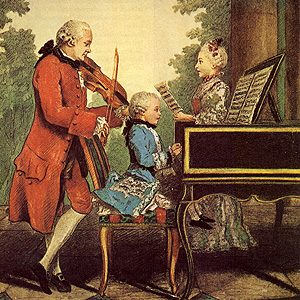The concept of perfection is readily understood. Perfection is the state of a being that contains all the necessary attributes for its own integrity. For a rational being, perfection implies the ability to discern one’s ends and to possess the means to realize them.
Perfection admits several degrees. First, there is a minimal perfection, which consists of the possession of those attributes in a merely adequate number and quality. A higher degree consists of the possession of these attributes in a sufficiently ample number and quality to allow for a certain liberality or abundance. The highest degree of social perfection consists in possessing these attributes to a degree and profusion sufficient to distinguish their holder in a prestigious and even glorious way in the judgment of his fellow men.
This scale involves an unsurpassable limit. A man cannot go beyond what the natural capacity and elasticity of his being permit. For example, through prodigious effort, a person may raise himself to the condition of an average musician who can entertain a small audience. However, he may never rise to the level of a naturally gifted composer with the extraordinary facility and prodigious talent of a Mozart.

Painting by Pio Ricci
The ascension through the various degrees of perfection is usually arduous. And if it is true that all just men tend toward their perfection, it is usually true that few manage to reach the pinnacle of this steep ascent.
A family can be characterized by the natural participation of its members in the same perfection to different degrees. Not infrequently, if its members strive to attain this perfection with noble tenacity and fraternal support, at least some of them will manage to achieve it in an eminent degree. 
Plinio Corrêa de Oliveira, Nobility and Analogous Traditional Elites in the Allocutions of Pius XII: A Theme Illuminating American Social History (York, Penn.: The American Society for the Defense of Tradition, Family, and Property, 1993), American Appendix, pp. 190-191.








